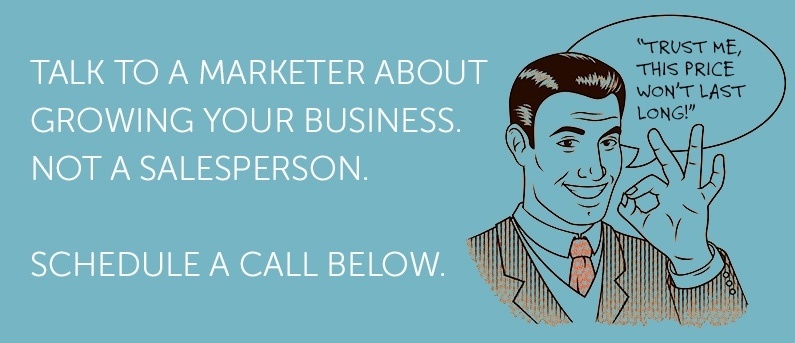Ebooks have become an important marketing tool. A recent study by the Pew Research Center reports that in the past year 21%, or 1/5th of adult American readers, have read an ebook. The rising popularity of ebook readers has fueled the demand for electronic books, and it’s a trend that many smart marketers have taken note of.
On-the-go content appeals to an increasingly mobile society. And, it’s no longer just popular fiction or a good beach read that people are looking for. Marketing ebooks have become an effective way to get your customers the information they need, when they need it.
So, if you want to increase your share of your niche market, consider adding ebooks to your content mix. It takes a little more time and resources to put together a good ebook, but if you adhere to the following best practices you will get the best return for your investment:
1. A really great title
The title of anything you write, whether it’s an ebook or an article, is the hook. So put some thought and creativity into it. Remember, an ebook is a commitment of time, so your titles need to be interesting but they also need to express value.
Start them off with something catchy and descriptive of the subject matter. A provocative question, a promise of “The Secret To…”. There are many proven title formulas that you can utilize to make your ebooks more powerful.
2. An attention-grabbing cover
Good graphic design attracts people on a subconscious level. So the quality of your cover design can’t be overstated. Clear, uncluttered design with an easy-to-read title are important elements, and don’t forget to make it your own.
How? Put your brand logo on the cover and create some kind of “signature style” with the layout. If you’re releasing a series of ebooks, consider tying them all together with similar covers that tell readers instantly whose book it is.
3. Pretty pictures
Of course, we mean plenty of images and graphic elements. Nothing is more boring than huge chunks of text, so break it up! Create a nice mix of both attractive images and instructional material such as graphs, charts and lists—and include them on most of the pages. Bold your graphics and make them larger to grab attention.
4. Connect the information with your product
You’ve heard of the 80/20 rule? The idea is that 80% of your content should be information and 20% sales material. The same idea applies to your ebooks, only they should be even more information than sales.
This doesn’t mean you can’t mention your products and services. In fact, occasionally tying them into the information—perhaps as a solution to a problem or an example of what you’re talking about, is a nice way to demonstrate your expertise (and subtly steer the reader toward you!).
5. Include a call to action
You’ve given them the information they need, now it’s time for them to take the next step. Conclude with a call to action that logically completes the ebook. For instance, you just spent 20 pages talking about the topic and the challenges. Now, your call to action should offer the solution.
A button that leads to an opt-in page, a free download or trial offer for a product or service that will help the reader solve the problem is the perfect ending to a powerful and effective ebook!


